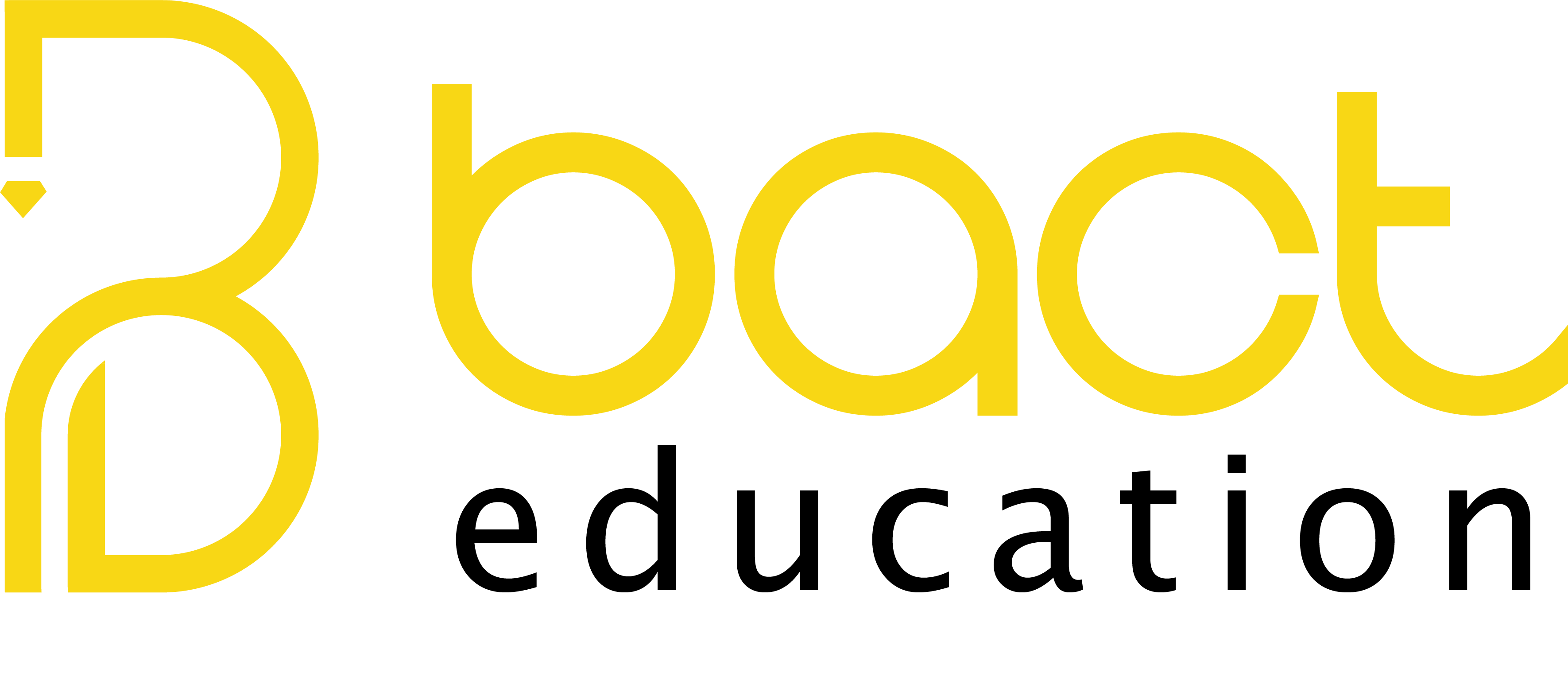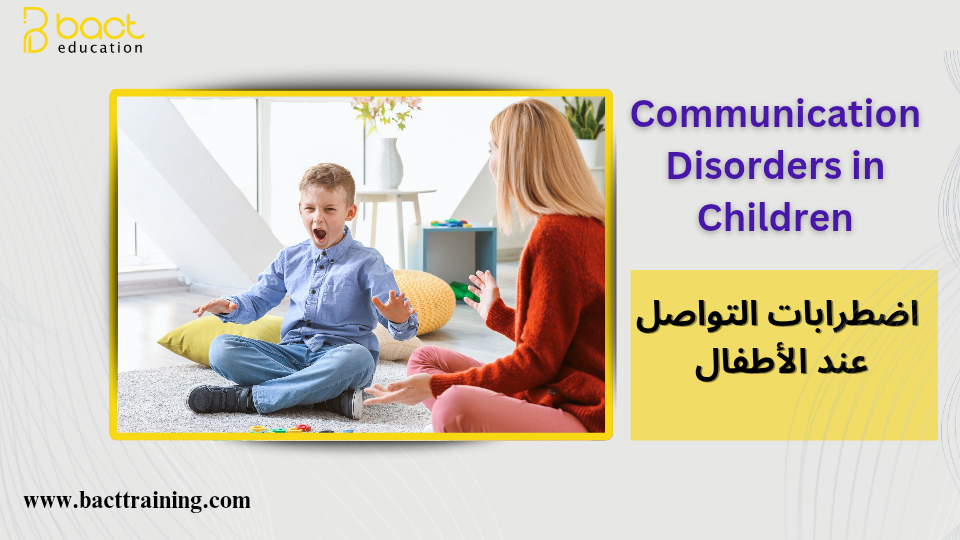Communication Disorders in Children
Introduction:
A child with a communication disorder struggles to interact with others. They may have difficulty understanding speech, producing sounds, selecting words, structuring sentences, or forming coherent speech. Communication disorders in children are associated with difficulties in processing both verbal and non-verbal communication skills. Symptoms may include impaired comprehension of language, gestures, facial expressions, and social cues.
-
Types of Communication Disorders in Children
- Mixed Receptive-Expressive Language Disorder: The child experiences developmental delays and difficulty understanding spoken language and speech.
- Expressive Language Disorder: The child has delayed speech development and struggles with verbal expression.
- Speech and Voice Disorders: The child has difficulty articulating words clearly beyond a certain age.
- Childhood-Onset Fluency Disorder: Also known as stuttering, this disorder begins in childhood and may persist into adulthood.
- Social Communication Disorder: The child struggles with both verbal and non-verbal communication, but these difficulties are not due to cognitive impairments.
-
Causes of Communication Disorders in Children
The main causes of communication disorders in children include:
Physical Issues: Brain development problems, exposure to toxins during pregnancy (such as illegal drugs or lead).
Disabilities: Hearing loss, intellectual disabilities, emotional disorders, and lack of environmental language exposure.
Genetic Factors: Communication difficulties can sometimes be inherited.
-
Symptoms of Communication Disorders in Children
- Symptoms may vary among children, but common signs include:
- Inability to speak at all.
- Difficulty selecting age-appropriate words.
- Trouble understanding simple instructions or naming objects.
- Difficulty responding appropriately in conversations.
- Struggles with drawing conclusions or interpreting others’ intentions.
- Problems with focus and attention.
Many young children with communication disorders develop speech skills by the time they start school, but they may still face challenges in communication. School-age children often struggle with understanding and forming words, while teenagers may have greater difficulty grasping and expressing abstract concepts. These symptoms may resemble other health conditions.
-
Diagnosis of Communication Disorders in Children
Most children with communication disorders are referred to a speech-language pathologist, a specialist in diagnosing and treating speech and language difficulties. A psychologist may also be consulted, especially if the child has emotional or behavioral concerns. Additionally, a physician may examine the child’s mouth, ears, and nose to diagnose speech and voice disorders. Comprehensive evaluation may include:
- Psychological assessments to evaluate cognitive abilities.
- Language tests to measure the child’s thinking and communication skills.
- Behavioral observations to assess the child’s responses to various situations.
-
Treatment of Communication Disorders in Children

